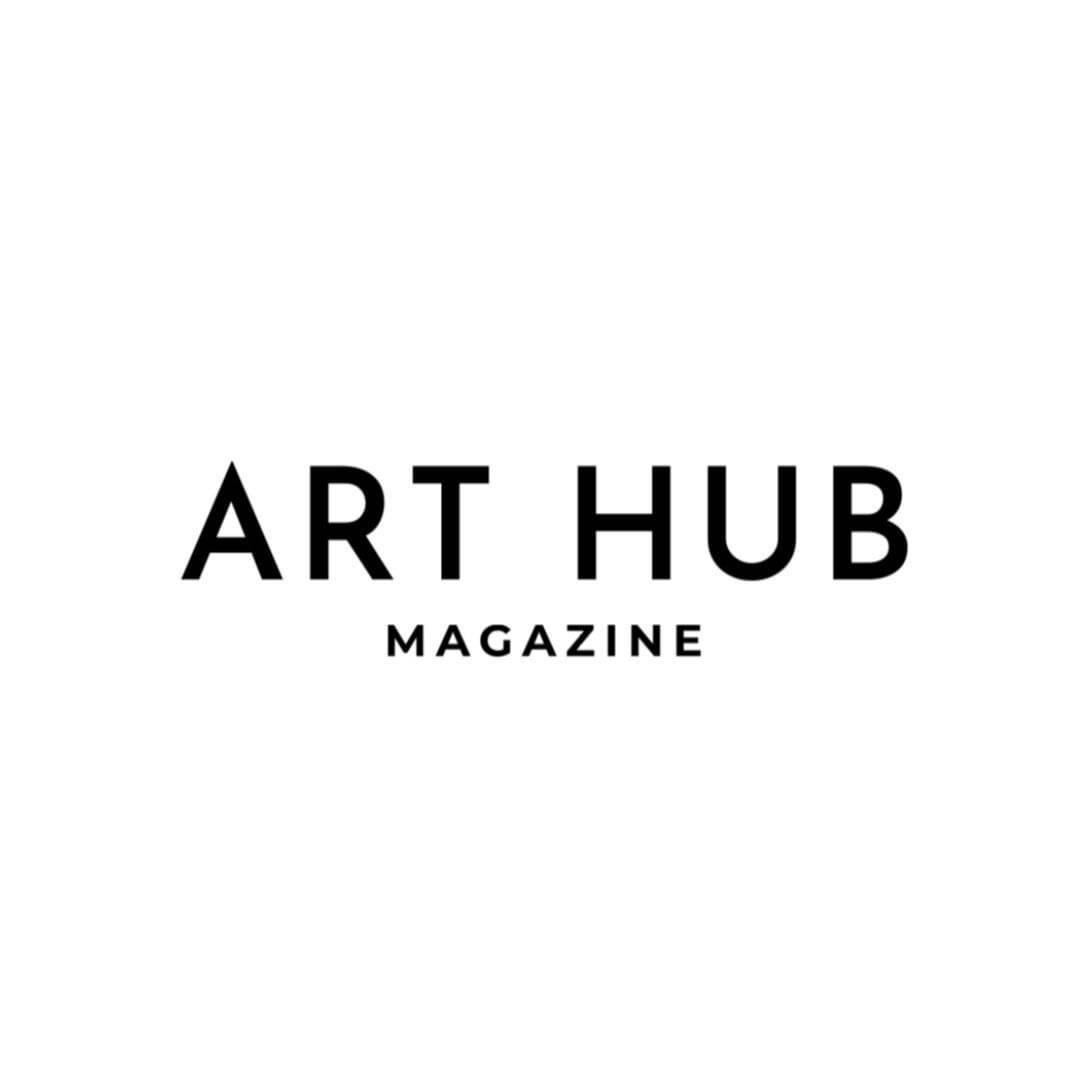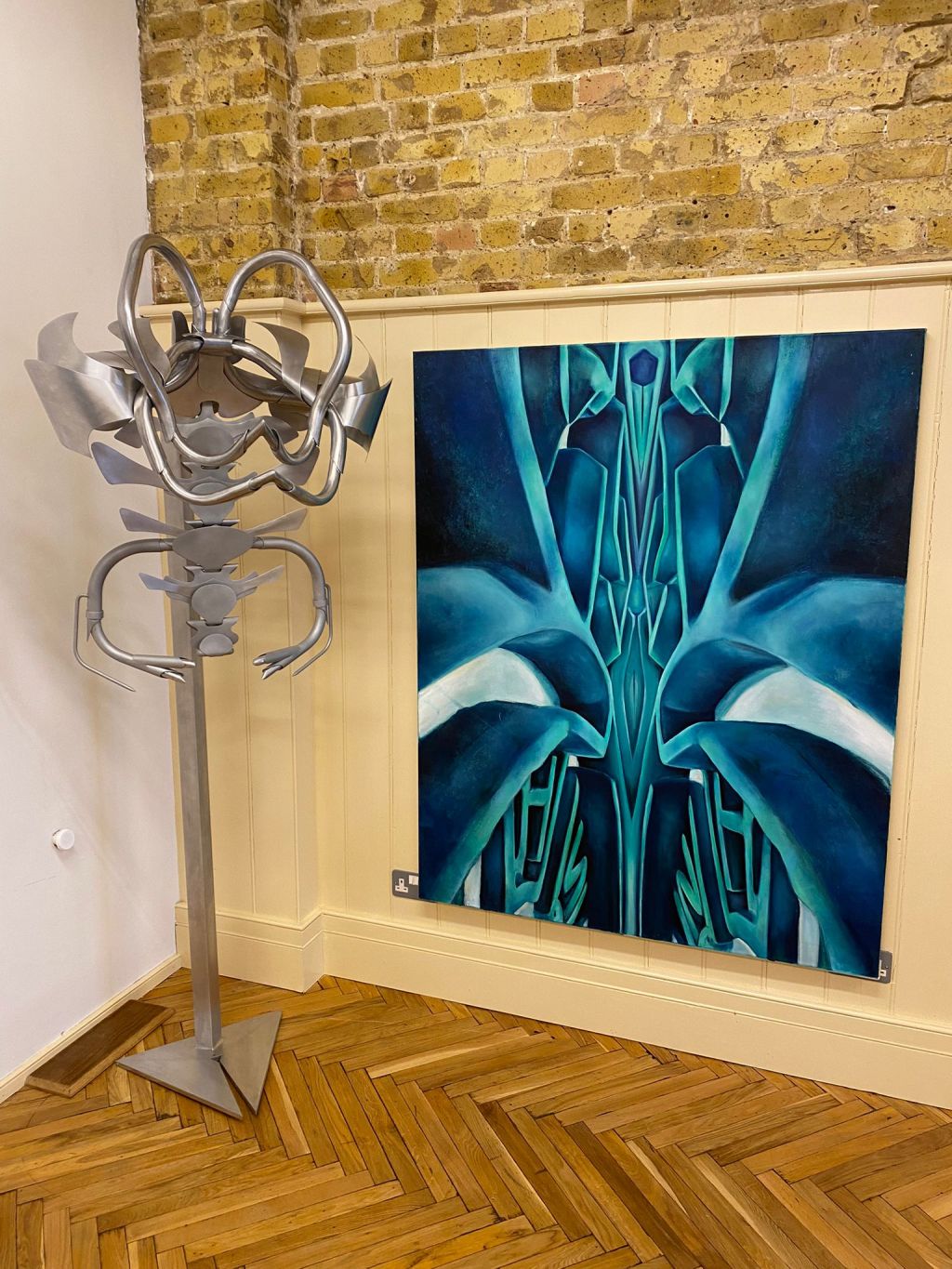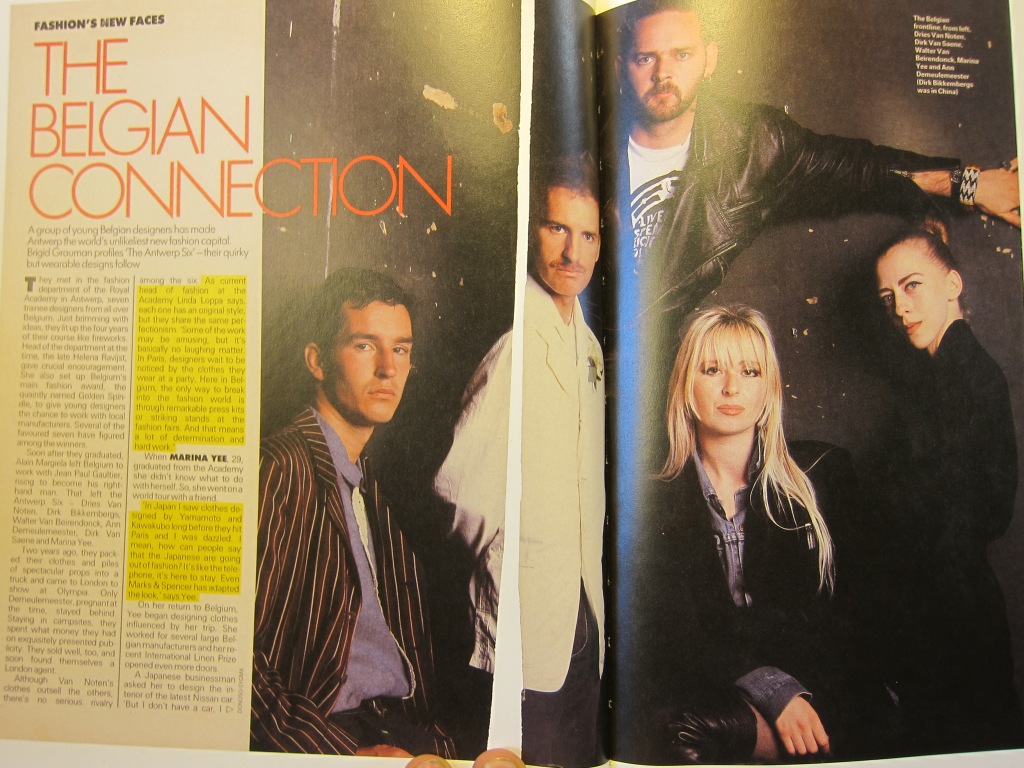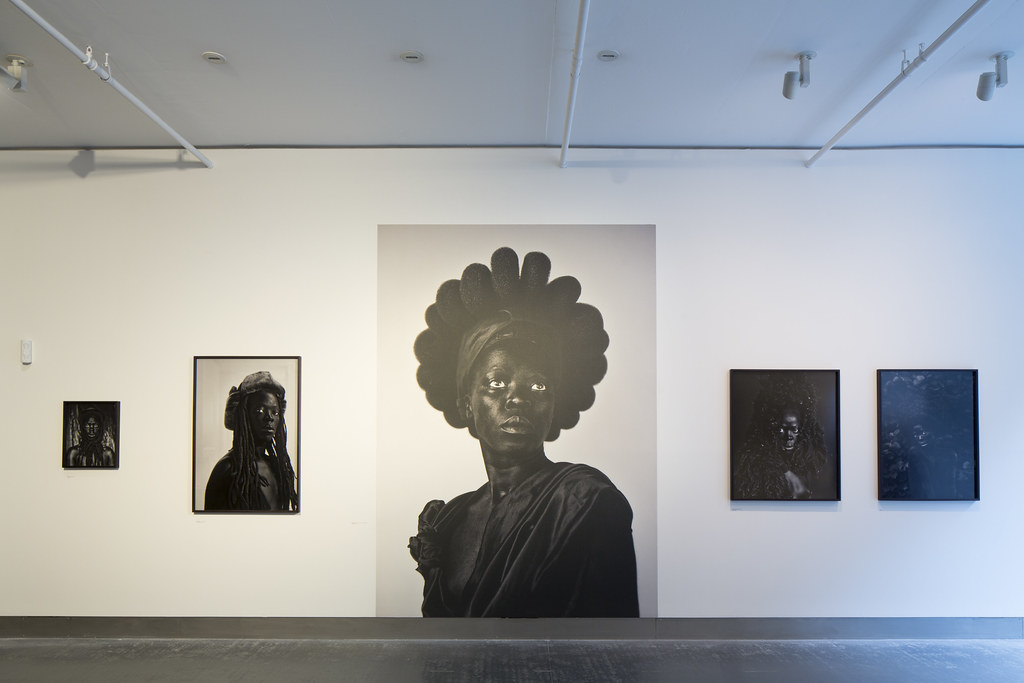Kamil Kukla (b. 1989, Tarnów) is a contemporary Polish painter and visionary in the realm of experimental music. His art, characterized by its distinctive fusion of vivid colors and intricate textures, offers a mesmerizing journey into the depths of creativity and imagination.
Your artistic journey has encompassed both painting and experimental music. How do these two forms of expression intersect and influence each other in your creative process?
I develop these two paths separately, yet they tend to intersect quite often on various occasions. I usually try to incorporate sound into my solo exhibitions – either as a sound installation or a live performance. I am very much intrigued by how music can alter the viewer’s perspective. Sound can be very elevating in that regard. As for my music releases, I always create album artworks by myself. I like the idea of a total solo project where one person is responsible for all the creative aspects, including even mixing and mastering. So, as you can see, it works both ways, and these two mediums complement each other in my case.

Can you describe the influences and experiences during your studies at the Academy of Fine Arts in Kraków, especially under Professors Henryk Ożóg and Jerzy Kucia, and how they shaped your approach to art?
I studied in the Graphic Department, and when it comes to painting, I had total freedom – I didn’t need to work in that medium extensively, but I did. After finishing my diploma in Printmaking, I continued down that path. It seemed only natural at that moment.

Your paintings combine opposing concepts and styles such as abstract and figuration, expression and harmony, form and anti-form. How do you balance and integrate these opposing elements to create a cohesive and surprising artistic expression?
I think that this description applies mostly to my older works. In newer paintings, I try to be more direct, although the message is often ambivalent and unclear, even to me. Although my current work still cannot be described as realistic, it often has its roots in reality. Most of my new paintings are based on photos – either found on the Internet or shot by myself. I have an ever-growing database of screenshots and snapshots to draw upon on my hard drive – it contains landscapes after disastrous events like earthquakes or flooding, sinkholes that appear in random places, as well as images of shelled buildings from Ukraine. Regarding the pictures I’ve taken, they often depict my own body parts – as seen from the perspective of the observer trapped in this very body of mine. This dichotomy – an open view of current events and intimate self-reflection/self-observation – is essential to me at the moment. Although I still tend to sometimes disguise these snapshots in paintings that can often appear as unclear, almost abstract, just hinting at something and, in a way, flirting with the viewer’s perception.
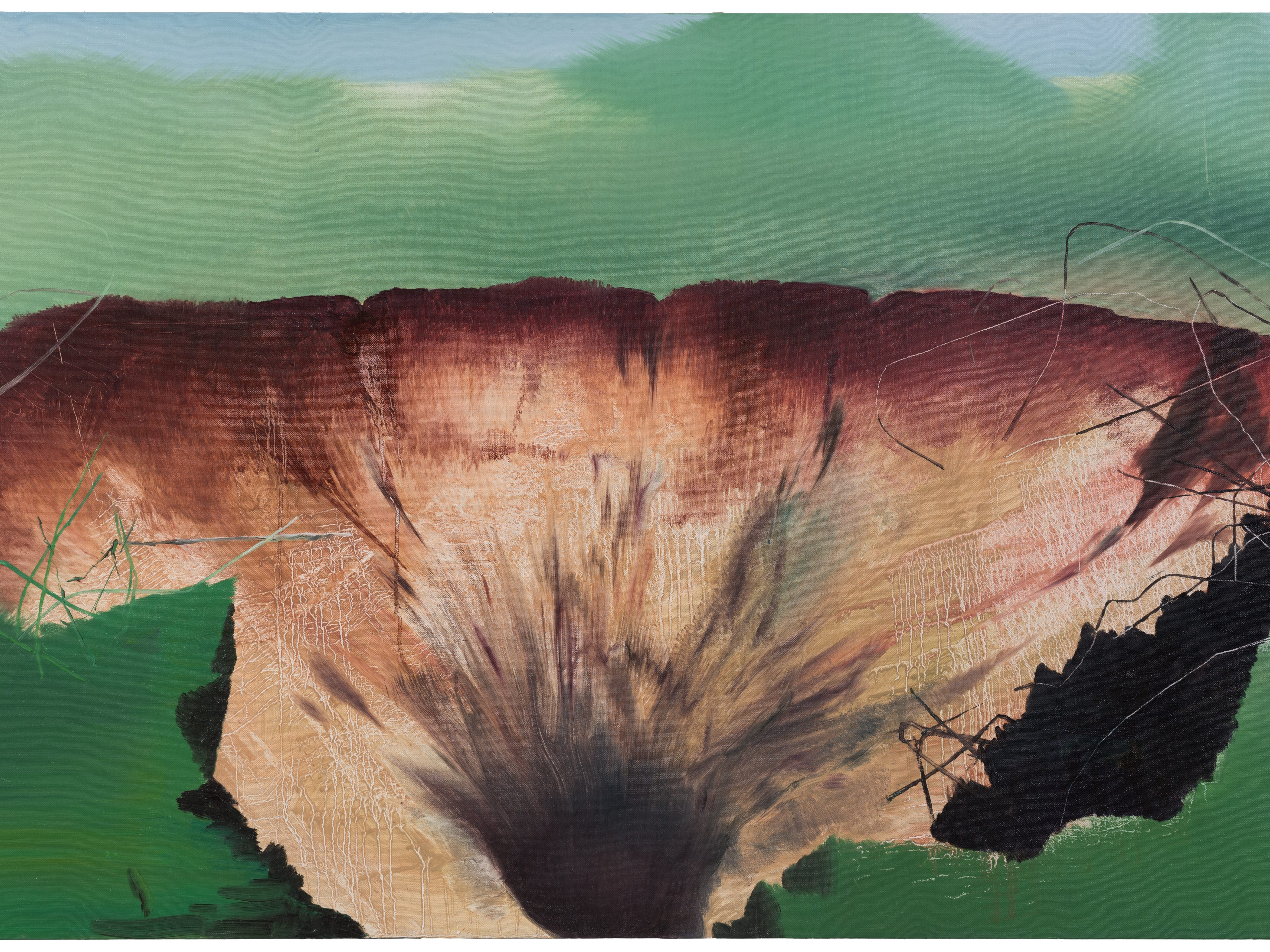
The Surrealist movement is often referenced in relation to your work. How does Surrealism influence your artistic vision, and how have classic Polish surrealists like Erna Rosenstein and Jerzy Kujawski impacted your art?
Believe it or not, I found out about Erna Rosenstein only a few years ago after one of the critics compared my works to hers. Of course, I don’t want to play ignorant, as I was always aware of the surrealist movement and had my favorite names. Yet I’ve never perceived myself as a continuator of surrealist traditions. Although I have to admit that my method used to be similar and was based on spontaneity, improvisation, a process that is unplanned and very much unpredictable. Something that is bread and butter for every musician involved in free improvisation endeavors and which is very close to my heart – especially in the music that I currently develop. I shifted my focus from organized and structured compositions to improvised soundscapes that are created on the go in one spontaneous session.
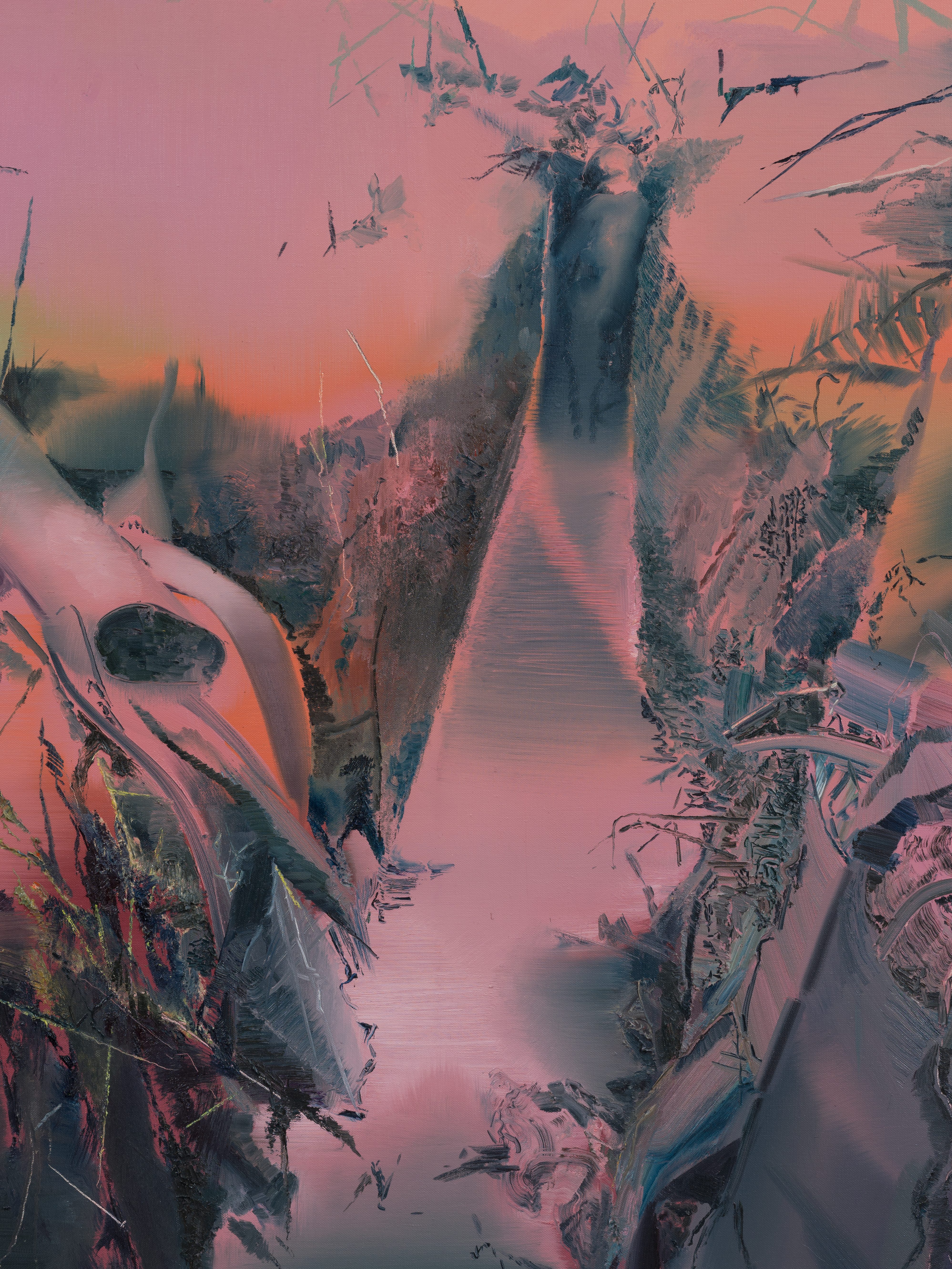
You’ve mentioned a connection to Baroque painters like Frans Snyders and Peter Paul Rubens. How does Baroque art, especially in terms of still life and nudes, inspire and inform your contemporary artistic style?
At some point, Baroque was a huge inspiration – especially animalistic still-lifes by Snyders. I was fascinated by the sheer abundance of these paintings. They were so vibrant and lively yet tended to depict mostly dead animals. And as a vegetarian back then (currently I’ve progressed to being vegan), these depictions struck a sensitive nerve. I tried to recreate a similar intensity in my own paintings from that time and follow this life and death dichotomy. These paintings could be easily described as Frans Snyders deconstructed – or in the making. I used to leave them “unfinished” with huge areas of visible white primer and elements that were only half-baked – or in a state of advanced decay.

Could you elaborate on the significance of landscape painting and still life within your artwork, and how these genres influence your visual constructions and thematic choices?
I guess it is fair to say that I quite often try to merge the two – landscape and still life. Many of my paintings from a few years ago were filled with unrecognizable elements stacked upon one another in an attempt to create a still-life-like cluster. But these quasi still-lifes were often set in a landscape-like environment – with a distinguished ground, a horizon, and a sky. In that regard, there was an element of pastiche and a dialog with art history and classic, if not stereotypical themes.

In your exhibition, U+1F351 PEACH, you incorporated various media, including time-lapse films, digital graphics, and audio installations. How do these different forms of media enhance and complement your overall artistic message and theme?
It is my natural instinct to work in different mediums, although I have to admit that as time goes by, it is not getting easier to develop these different paths simultaneously. Currently I am switching between painting and music – with occasional breaks for sculpting. The latter I find especially satisfying, and I would very much like to continue and try out different materials. There is a whole other world of possibilities that I would gladly discover. Overall, most important for me is to evolve. Being stuck somewhere in the timeline just to cultivate some developed formula sounds awful lot like death to me. So trying different tools and mediums helps a lot to keep things in motion.
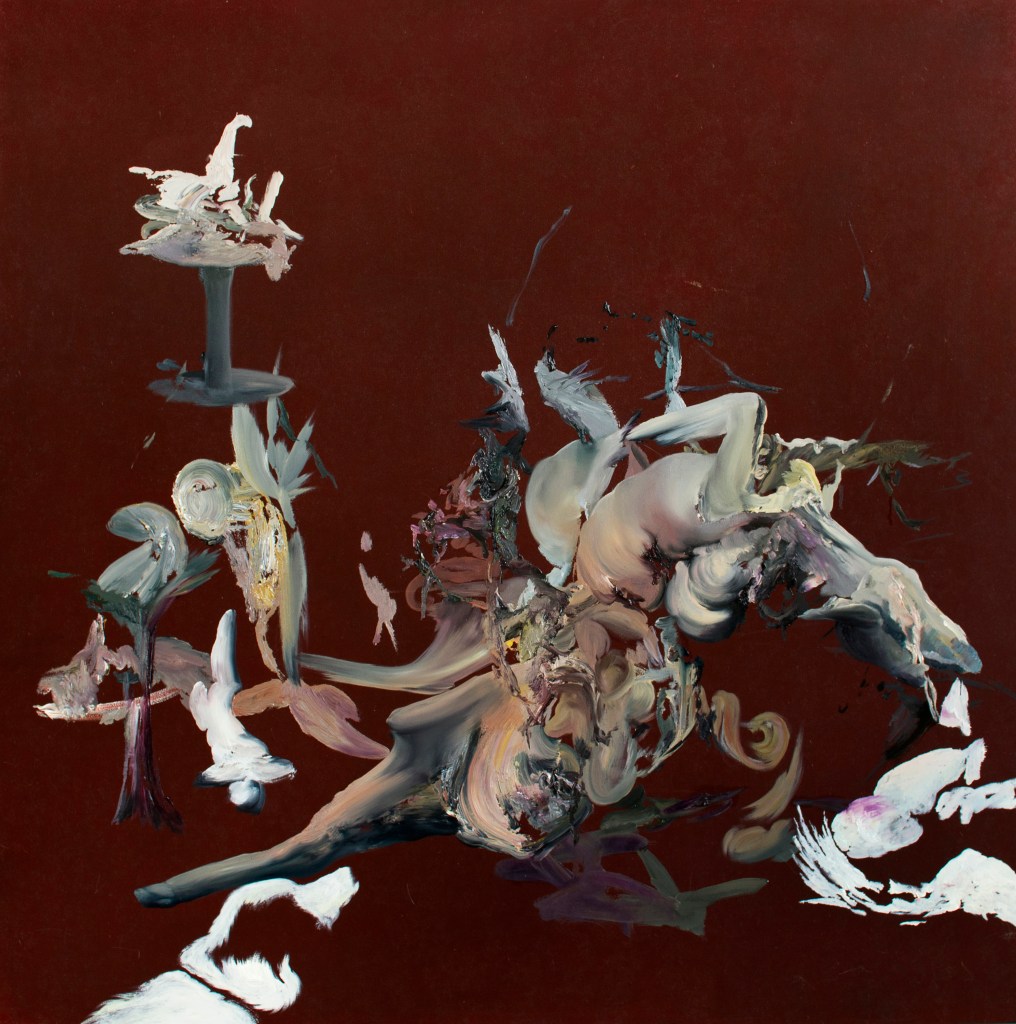
The juxtaposition of organic and digital motifs in your artwork is intriguing. How do you navigate the relationship between the organic and the digital in your creations, and what messages or themes are you trying to convey through this juxtaposition?
One of the topics that I am currently exploring in my current work is strictly connected to digital realms and an uncanny phenomena that I discovered a few years ago online. I found about a bizarre paraphilia called vore on DeviantArt where groups of anonymous fetishists are sharing images – of various creatures and people devouring each other. Vore is a paraphilia in which sexual arousal is triggered by fantasies of being swallowed alive, swallowing somebody as a giant avatar or just being an observer of such act. In these online communities a role of a digital artist is of high importance – they are creating a visual representations of fantasies that are not achievable or strictly forbidden in real world. There is a giant universe of really bizarre 3D images and digital paintings to be discovered depicting all sorts of variations and configurations of vore fetish. One that I tend to focus on the most is its most violent and sadistic variant – the on in which prey is being consumed unwillingly. I believe it is an ultimate rape fantasy entertained by the most toxic of men – hidden in obscure online realms trying to desperately create an illusion of control for them selfs – something that they probably lack in real life, however miserable it might me.
I recent years I painted a few works based on these digital „substitute images”, one of which was presented on recent exhibition „Shell Tears” – a group show in PIANA Gallery with Michał Zawada and Szymon Kobylarz, fellow artists from Krakow. The show in many aspects was our reflection on current condition of masculinity, especially its most toxic variants.

Your paintings often evoke a sense of ‘post-human hybrids.’ Can you share more about your vision of the post-human and how it relates to your artistic exploration of forms and textures?
Fetish communities mentioned before are especially fascinating insights into that topic. It seems that our human body and its capabilities are rather limited. Contrary to the realms of human flesh, there are no limits to the human imagination – and in the search for unknown pleasures, mankind creates hybrids, bodies exaggerated, absurdly expanded. There is a whole world of new, imaginary, compensatory anatomy that can grow far beyond mundane restrictions. For now, it mainly exists in digital realms, but who knows where technological and medical progress will lead us. In a world with free access to pornography, it is very telling that some people are not satisfied with just real human bodies anymore and would rather entertain some wild and exotic possibilities. As an artist, I find this tendency fascinating and would very much like to explore it further in the future.


As an artist who has received recognition and awards for your work, how do you perceive success in the art world, and how does recognition or accolades influence your creative drive and future projects?
I try to remind myself how ego-driven the need to be recognized is. Sometimes it works, and I distance myself; other times, I totally give in to said need. I would very much like to believe that a healthy balance is achievable in the long term. Art should be, first of all, a form of communication – so it should be totally obvious that creating in a vacuum is a truly nightmarish possibility. Still, it should not be a totally selfless act, although some might disagree perhaps. For me personally, being recognized is extremely comforting. It means that I am not the only one investing some faith in the quality of what I do. But some fear still remains – that we are just people under the influence of some spell and we recognize a quality that is, in fact, just an intoxicating illusion. If that possibility is the closest to the truth, nobody actually likes anything – everybody convinces themselves to be enthusiastic. That is my biggest fear. So I’m counting on it being total BS.

Can you walk us through a typical working day in your studio? How do you organize and structure your day to bring your art to life?
I begin with a morning gym session, then ride my bike to my studio in the city center. There, I paint or sculpt for three to four hours before heading back to my flat on the outskirts of the city. I repeat this process three to four times a week. On the days that I don’t paint, I make music at my home studio. As for the search for new motifs, I am almost always on my phone, so I take screenshots and photos almost daily. And that’s really it.

